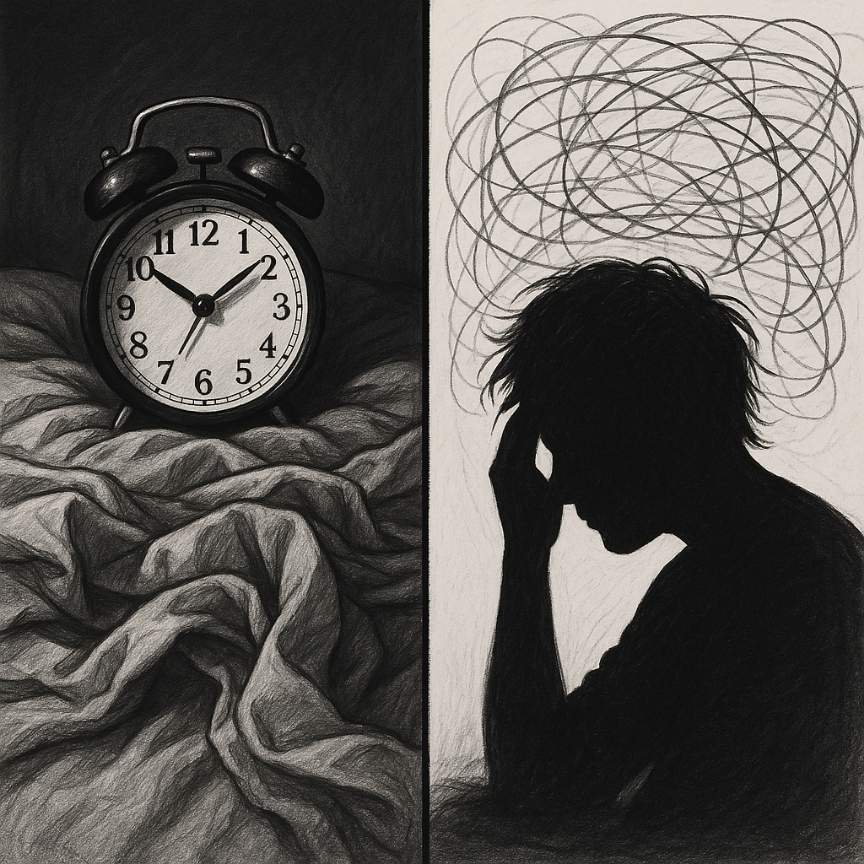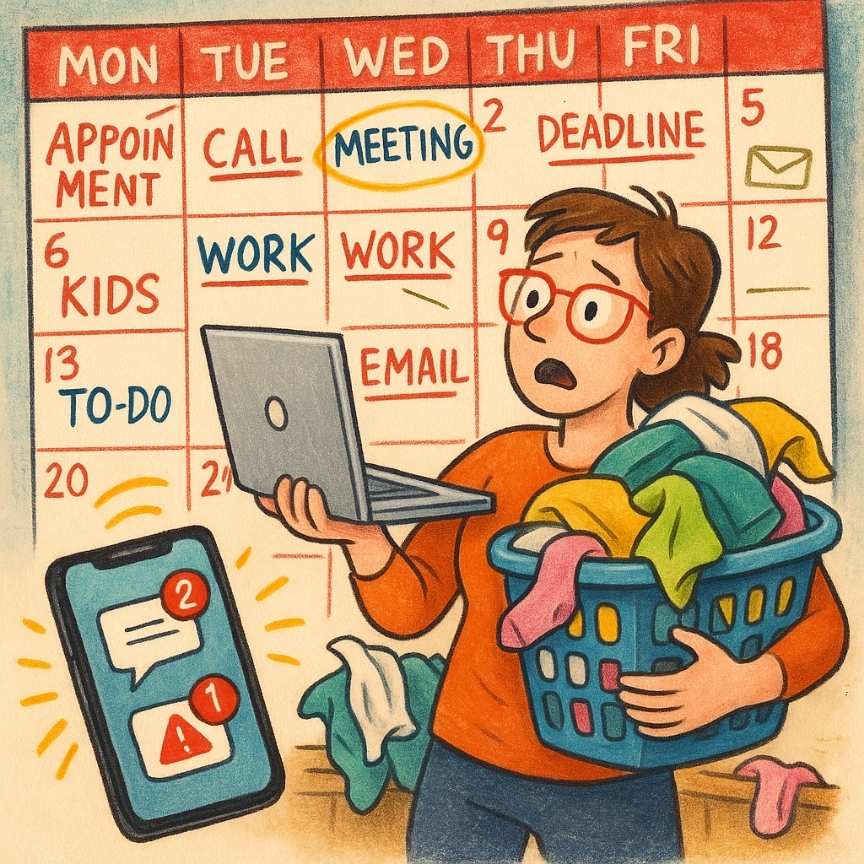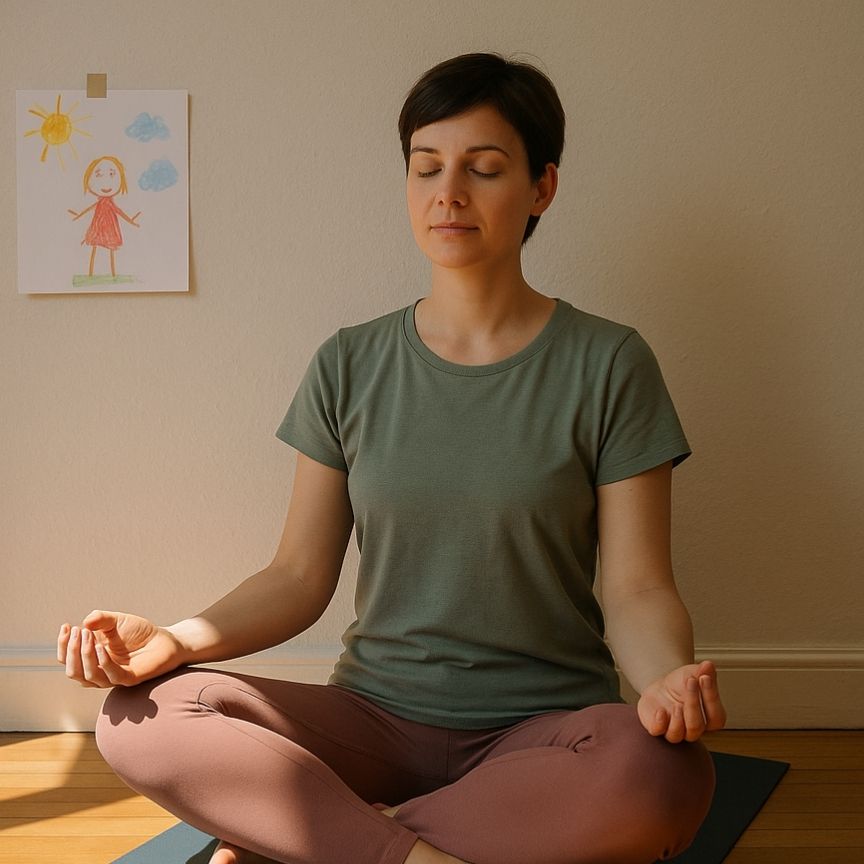Introduction
Parental burnout is more than a rough day—it is a chronic state of emotional exhaustion, overwhelming detachment, and a fading sense of joy in raising children. As work‑from‑home schedules blur with homework help, screen‑time debates, and never‑ending household chores, modern parents face a level of 24/7 connectivity—and scrutiny—previous generations never imagined. This article helps you spot the early warning signs of burnout, understand why it differs from everyday stress, and map out practical first steps toward recovery and resilience.
1. What Is Parental Burnout?
Parental burnout occurs when the normal stresses of caring for children tip into a sustained pattern of depletion. Picture an emotional fuel gauge that keeps sliding past empty: you still drive, but every mile feels heavier. Three core features define the experience:
- Emotional exhaustion. The well of patience runs dry; a spilled cup or sibling squabble feels like a tidal wave.
- Detachment. Instead of delight or frustration, you may feel numb, going through the motions on autopilot.
- Loss of parental fulfillment. Moments that once sparked pride—bedtime stories, weekend outings—feel joyless or burdensome.
Unlike temporary stress (think: surviving a stomach‑flu weekend), burnout lingers and deepens over weeks or months. Common contributing factors include limited support networks, sky‑high societal expectations (“perfect parent” culture), and chronically skipped self‑care.

2. Common Signs and Symptoms to Watch For
Parental burnout seldom arrives overnight; it creeps in like a dimmer switch. Key red flags include:
- Persistent fatigue even after adequate sleep. You wake up feeling spent, as if rest never refilled your batteries.
- Emotional depletion—tears come easily, or you feel strangely flat.
- Irritability and impatience. Small misbehaviors trigger outsized reactions: a raised voice, sarcasm, or instant guilt.
- Withdrawal from family activities. Movie nights and playground trips feel like chores, so you opt out or “phone in” the experience.
- Guilt and self‑doubt. Despite giving your best, you worry it is never enough, fueling a vicious cycle of effort and self‑criticism.
Remember: experiencing a few tough days is normal. Burnout is about frequency and intensity—the signs dominate most days for a prolonged stretch, eroding your sense of competence and connection.

3. Emotional vs Physical Burnout: Knowing the Difference
Burnout is a holistic storm. Physically, parents might notice:
- Headaches and muscle tension from chronic stress hormones.
- Insomnia—the mind races even when the children finally sleep.
- Frequent colds or slow recovery, as immune defenses lag.
Emotionally, the landscape shifts toward:
- Hopelessness or dread when thinking about the day ahead.
- Anxiety spikes—heart palpitations before school drop‑off or during toddler meltdowns.
- Depersonalization—feeling like an observer of your own life, disconnected from your role as “Mom” or “Dad.”
Addressing one side without the other is like patching a leak while ignoring the rising water. Effective recovery plans integrate both body and mind: restorative sleep, nourishing food, movement, and emotional processing through journaling, therapy, or support groups.

4. Risk Factors That Make You More Vulnerable
Certain circumstances act like accelerants:
- Single or primary caregiving. When every diaper, meal, and bedtime falls on your shoulders, respite is scarce.
- Special needs or behavioral challenges. Extra medical appointments, advocacy, and emotional labor raise baseline stress.
- Thin personal boundaries. If work emails follow you to the playground and relatives drop in unannounced, “off” hours vanish.
- Unrealistic expectations. Pinterest‑perfect lunches, spotless homes, and instant academic success create impossible standards.
- Perfectionism and fear of failure. A single slip (store‑bought cupcakes, missed recital) feels catastrophic.
Knowing your risk profile is not about blame—it is about planning defenses. Think of it as stocking sandbags before heavy rain: bolstering supports, delegating tasks, and pre‑scheduling rest before the flood arrives.

5. When to Seek Help and Where to Start
Early intervention makes the road back shorter. Consider professional support when:
- Burnout symptoms persist beyond a few weeks.
- Daily functioning (work, relationships, personal hygiene) declines.
- Thoughts of escape, complete withdrawal, or self‑harm surface.
Places to find help:
- Therapists specializing in parental stress or cognitive‑behavioral techniques.
- Parenting coaches offering skill‑building and perspective shifts.
- Community support groups—online forums, local meet‑ups, or faith‑based circles, where shared stories reduce isolation.
Small, immediate self‑care steps:
- Micro‑breaks: Two‑minute breathing exercises between tasks; step onto the balcony and name five things you see.
- Boundary scripts: “I appreciate the advice, but we’re handling it our way.” Practice ahead of time.
- Resource swap: Trade babysitting hours with a friend; both gain respite without extra cost.
- Single‑task moments: Drink coffee without scrolling; fold laundry while playing a favorite song—anchor to the present.

Conclusion
Burnout does not label you a failed parent; it signals that your current resources are overdrawn. Just as a fever warns the body to rest, parental burnout urges a recalibration of support, boundaries, and self‑compassion. When you spot the signs early—persistent fatigue, detachment, rising irritability—you can course‑correct before depletion turns to despair. Take the first step today: share how you feel with a trusted friend, book a short break this weekend, or schedule that therapy consult. By caring for yourself, you model resilience for your children, nurturing a healthier, happier family ecosystem for years to come.





